 Dr. Rabia Gregory, an assistant professor in the Religious Studies department at the University of Missouri, is the focus of the first Teacher Spotlight of the new school year. Her primary interest is in medieval women’s religious literature, and she can often be found teaching courses at Mizzou on Historical Christianity, and Women and Religions. Dr. Gregory is a frequent visitor to Special Collections and has often brought her classes to learn about the primary sources we have here. We were pleased to get a chance to talk to her at the beginning of the semester.
Dr. Rabia Gregory, an assistant professor in the Religious Studies department at the University of Missouri, is the focus of the first Teacher Spotlight of the new school year. Her primary interest is in medieval women’s religious literature, and she can often be found teaching courses at Mizzou on Historical Christianity, and Women and Religions. Dr. Gregory is a frequent visitor to Special Collections and has often brought her classes to learn about the primary sources we have here. We were pleased to get a chance to talk to her at the beginning of the semester.
SC: How have you incorporated Special Collections into your teaching?
Gregory: I initially only took upper-level and graduate seminars to Special Collections and designed the visits to help students learn to work with sources in the original. Last spring I attempted to bring a large introductory lecture course to Special Collections. I designed a new assignment asking the undergraduates to spend time with a manuscript or an early printed book and then write about it as if they were, themselves, professional historians.
SC: What sort of outcomes or effects on your students have you observed after visiting the Special Collections department?
Gregory: I noticed a variety of responses, particularly with the large lecture class. Some students were so excited that they snapped photos of manuscripts to share with old teachers or with family members. Others came back to visit with friends and classmates. And some were completely disinterested, trying to sneak out of the room even before class was over. Learning how books were made and used really changed the ways that my class responded to primary sources in translation. They less frequently asked "why" different sources offered competing versions of history or why miracles were recorded. Instead they were interested in why those versions of history had been considered important enough to put into something so expensive and time-consuming as a manuscript.
SC: What advice would you give to faculty or instructors interested in using Special Collections in their courses?
Gregory: Plan ahead, make sure that the visit has a clear pedagogic purpose for your class and that the students have a way of finding meaning from the objects they will (most likely) not be able to read. Do talk with the Special Collections staff and get their input on the assignments, a semester in advance if you can! And make sure that you explain clearly to your students and teaching assistants the purpose of the assignment.










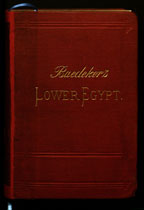
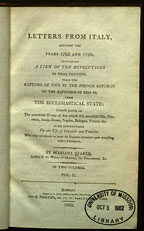
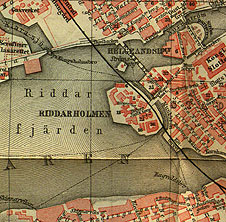
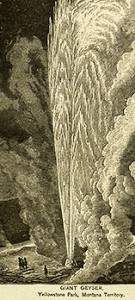
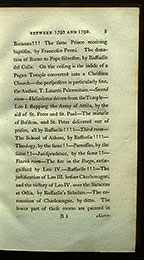
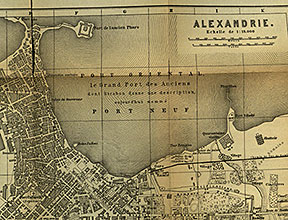


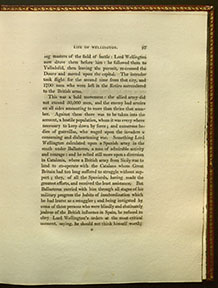
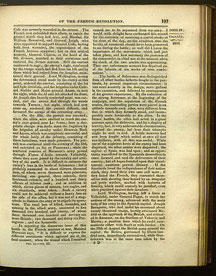
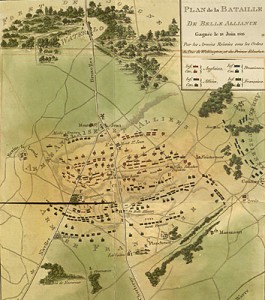
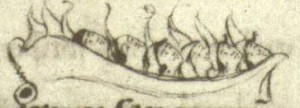
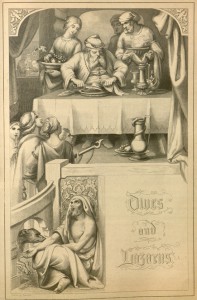

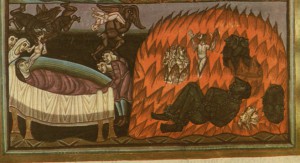
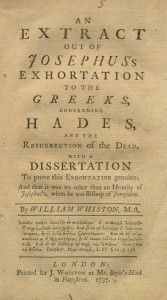

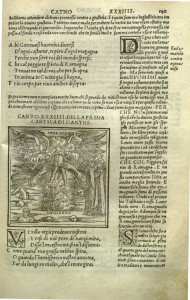

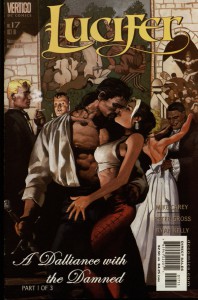

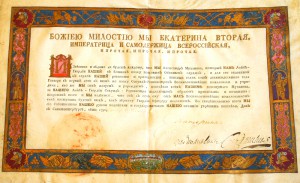
 The 2012 Summer Olympic Games in London begin later this month on July 27th. For nineteen days, athletes from 205 countries will compete in 300 events for gold, silver, and bronze medals. Over one billion people watch the Summer Olympics, when it is held every four years. This month, the colonnade of Ellis Library is showcasing both the history of the Olympic Games and this year’s host city, London. As you are walking through the library, why don’t you stop by one of the displays and learn about some of the most memorable moments in Olympics history, or the history and culture of the only city in the world to host the Summer Olympics three times.
The 2012 Summer Olympic Games in London begin later this month on July 27th. For nineteen days, athletes from 205 countries will compete in 300 events for gold, silver, and bronze medals. Over one billion people watch the Summer Olympics, when it is held every four years. This month, the colonnade of Ellis Library is showcasing both the history of the Olympic Games and this year’s host city, London. As you are walking through the library, why don’t you stop by one of the displays and learn about some of the most memorable moments in Olympics history, or the history and culture of the only city in the world to host the Summer Olympics three times.